The Ram Mandir vs Babri Masjid case in Ayodhya was a long-standing legal and religious dispute in India. The legal battle continued for decades, with both communities staking their claims to the site. However, in 2019, the Supreme Court of India delivered a landmark judgment, granting the disputed land to Hindus for the construction of a Ram Mandir, while allocating an alternate piece of land for Muslims to build a mosque. This decision aimed to bring closure to the contentious issue and foster communal harmony.
The Shri Ram Janmabhoomi Temple is all set to be inaugurated by the honourable Prime Minister of India, Narendra Modi, on January 22, 2024. However, the temple will be open for the devotees from January 24. On the auspicious day, let us revive the profound religious tapestry of Ram Lalla Janmabhoomi in Ayodhya.
Check out the full article to witness the religious significance of Ram Mandir for Hindus.
Divine Symphony of Ram Lalla Temple in Hearts of Hindus
Here are the key aspects of Ram Mandir Ayodhya and its spiritual resonance with Hindu believers.
1. Birthplace of Lord Rama
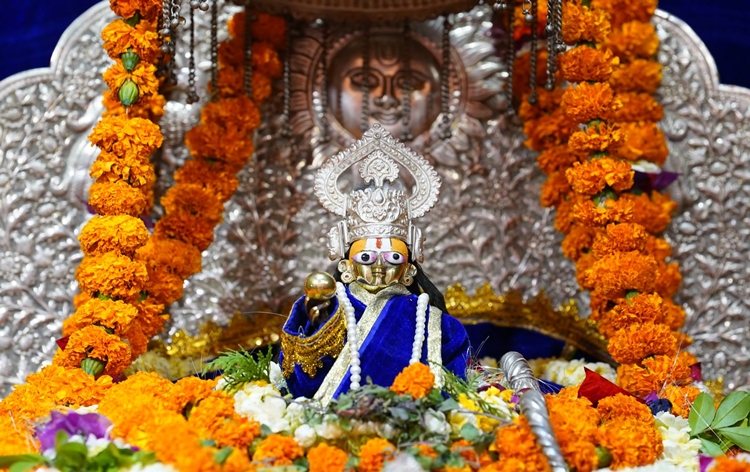
Ayodhya is venerated as the sacred birthplace of Lord Rama, a central figure in Hindu mythology and the seventh incarnation of Lord Vishnu. The exact spot of Rama’s birth is believed to be marked by the revered site known as Ram Janmabhoomi.
Devotees hold a deep belief in the sanctity of Ayodhya, considering it the cradle of Rama’s earthly existence. The city’s spiritual significance is intertwined with the narrative of Rama’s virtuous life and his embodiment of dharma (righteousness).
2. Ram Janmabhoomi
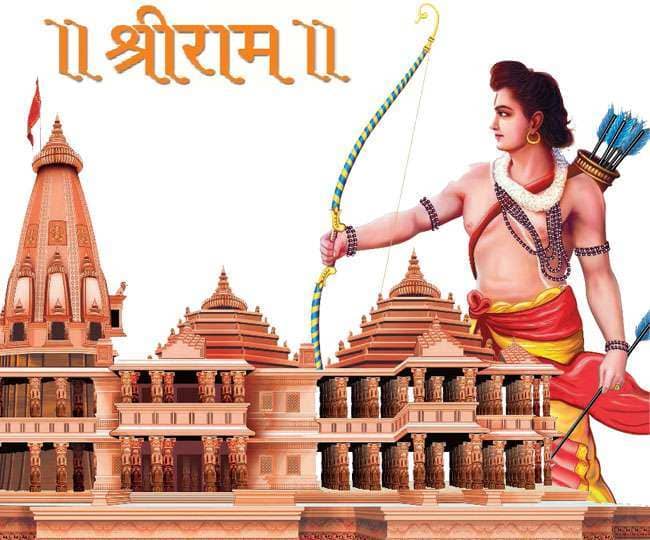
Lord Rama was born at this sacred spot, making it one of the holiest pilgrimage sites. The site gained prominence due to the Ayodhya dispute, a long-standing legal and political matter that revolved around the ownership and use of the land.
3. Cultural & Spiritual Heritage
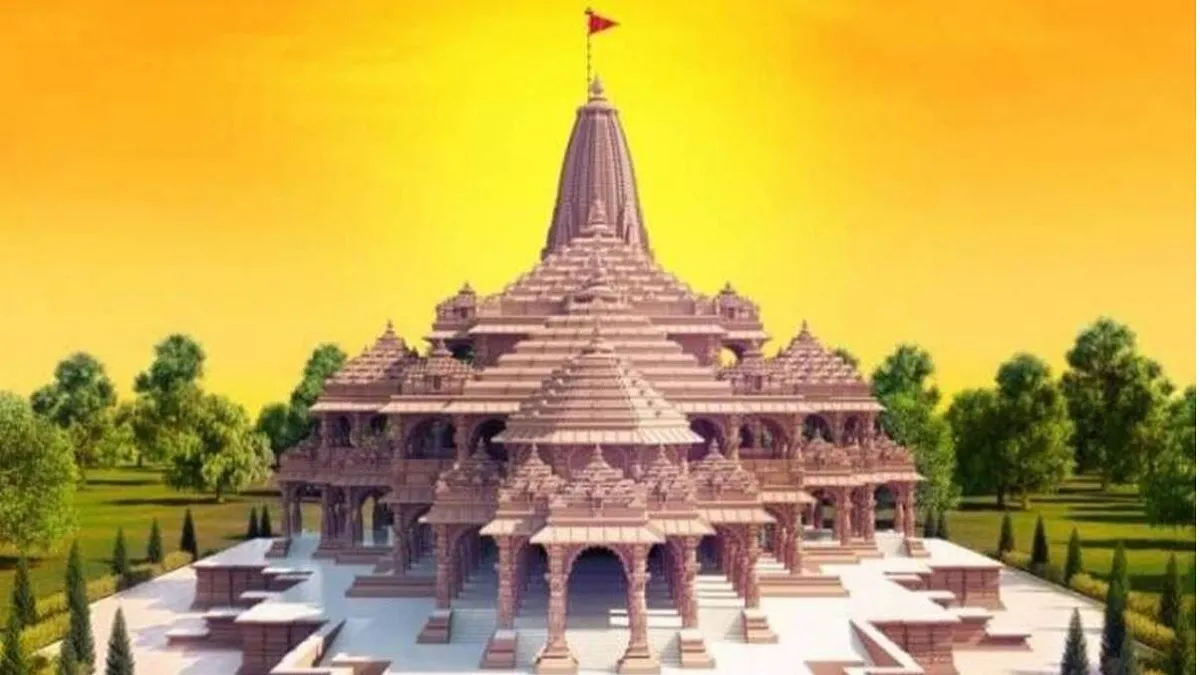
The Ram Mandir in Ayodhya is not merely a religious structure, it stands as a testament to India’s rich cultural and spiritual heritage.
Rooted in the ancient epic, the Ramayana, the temple’s construction signifies the preservation and promotion of a narrative that transcends religious boundaries to become a shared cultural legacy.
Moreover, it serves as a living testament to the cultural and spiritual fabric of India, where faith intertwines with art, history, and a collective heritage that unites people beyond religious affiliations.
4. Devotion & Worship
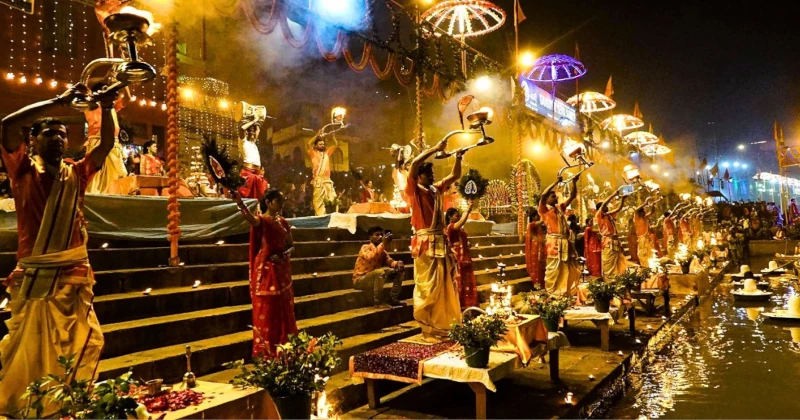
The Ram Mandir Ayodhya, as a locus of devotion and worship, stands as a living testament to the enduring power of faith, drawing people into a sacred communion that extends beyond the material realm.
Moreover, the resonance of hymns, the fragrance of incense, and the rhythmic recitation of prayers create an atmosphere where devotees find solace, inspiration, and a profound connection with the spiritual realm.
5. Fulfillment of Prophecy
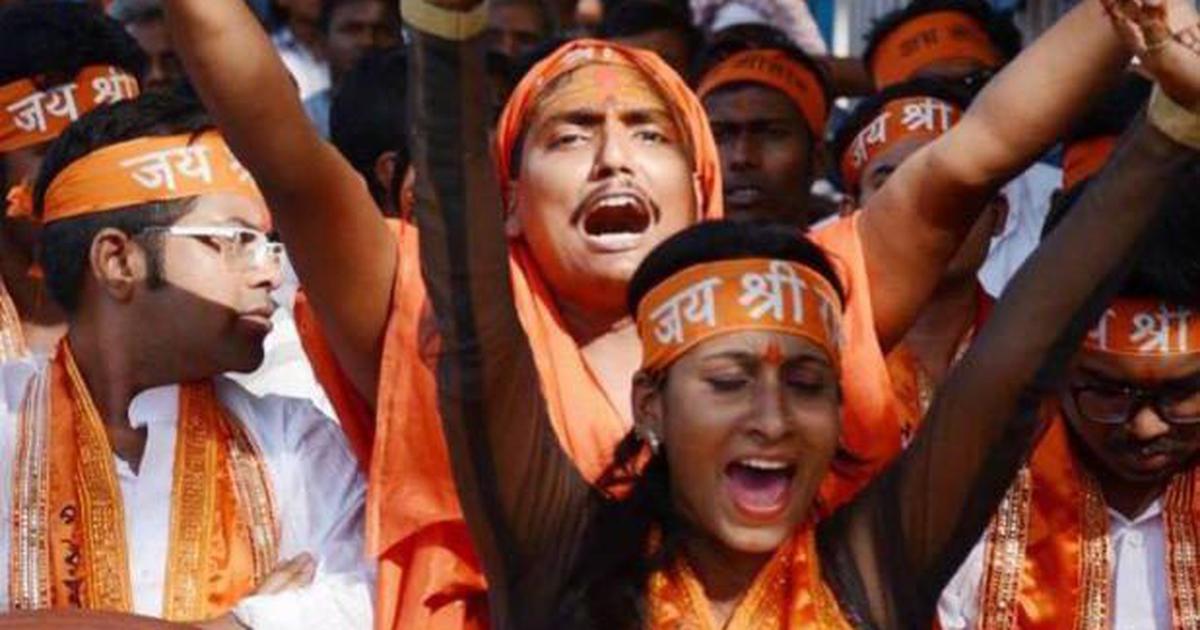
Devotees interpret the realization of constructing the temple as aligning with the predetermined destiny outlined in these ancient scriptures. The completion of the Ram Mandir is a tangible manifestation of a spiritual prophecy, weaving together faith, destiny, and the enduring connection between the divine and the mortal realm.
6. Unity and Symbolism
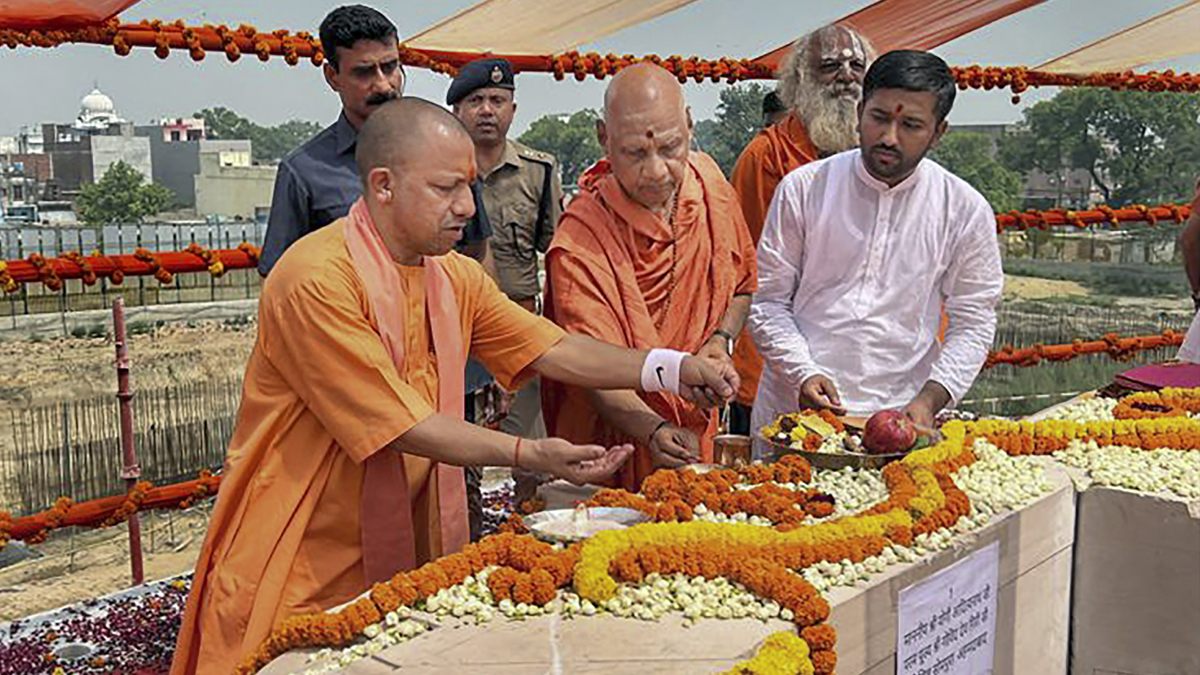
The devotion to Lord Rama acts as a common thread that binds people, fostering a sense of oneness and solidarity. The temple’s construction, therefore, becomes a collective endeavour that unites Hindus from various walks of life.
Ram Mandir serves as a unifying force that brings together millions of people under a shared cultural and spiritual identity.
7. Significance for Hindu Nationalism
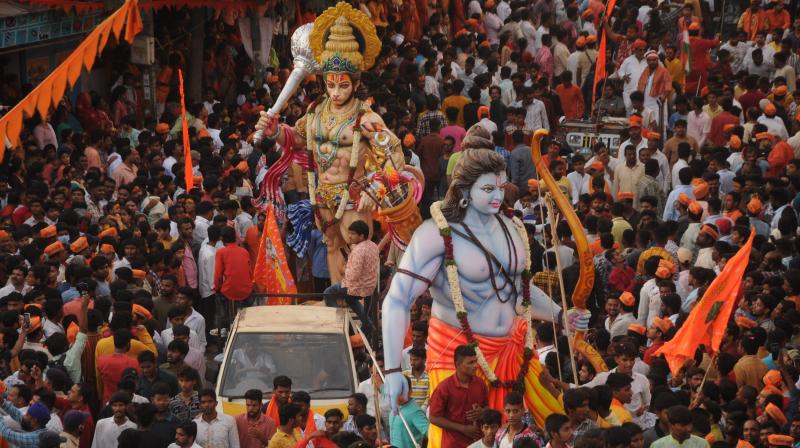
The construction of the Ram Mandir in Ayodhya holds significant implications for Hindu nationalism, becoming a symbol that resonates with the ethos of a united cultural and spiritual identity. The inauguration of the temple is seen as a historic reaffirmation of India’s rich cultural heritage and a symbolic assertion of the majority Hindu population’s values and aspirations.
The completion of the temple is not merely a construction project but a manifestation of deep-seated devotion, cultural identity, and a reaffirmation of shared values. Ram Lalla Temple resonates as a historic milestone, marking the restoration of a cherished cultural heritage and providing a tangible expression of faith that bridges generations and communities.

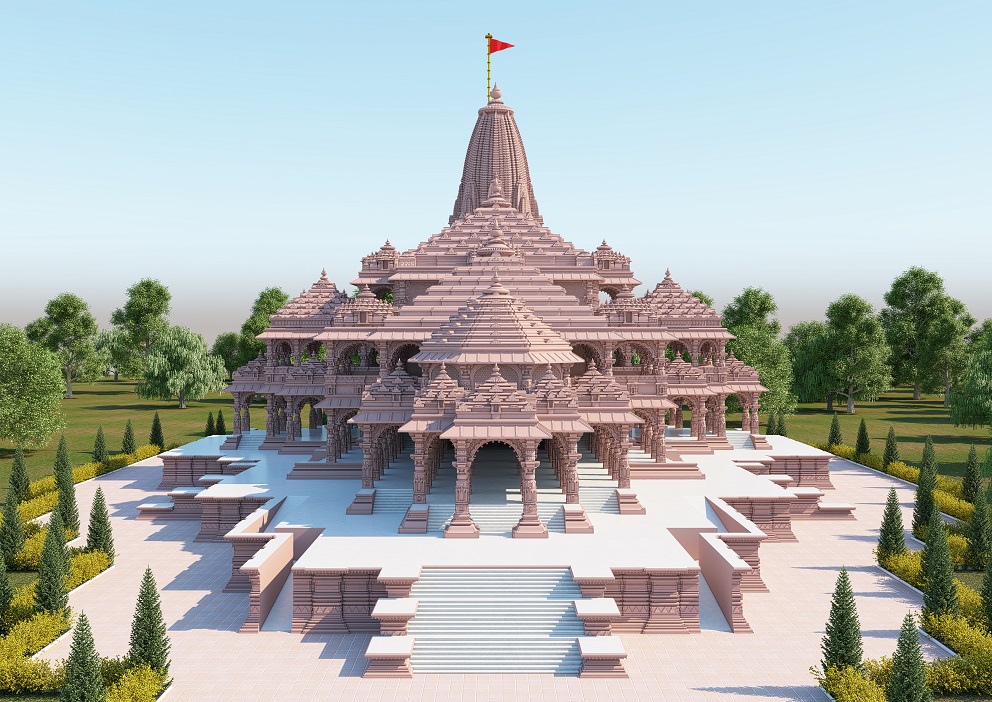
Jai shree Ram